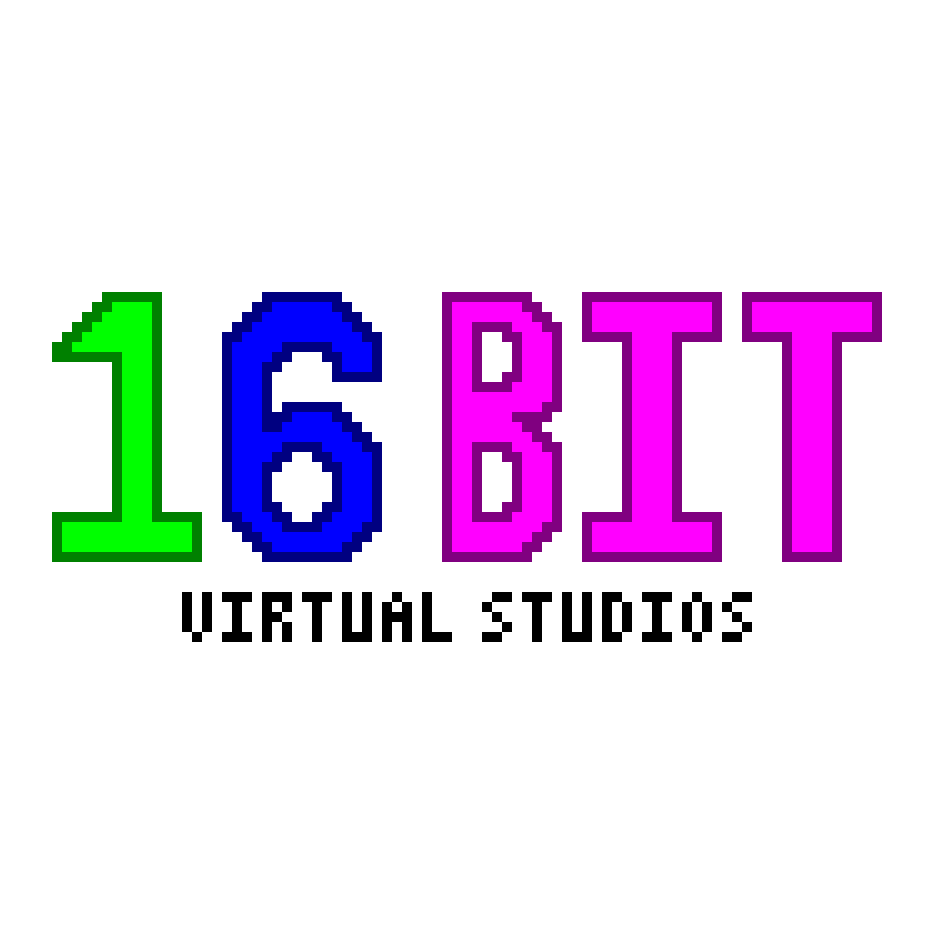If you don’t know what lightning infill is, it was made by Cura and was added to PrusaSclicer.
I chose to print with it since it showed up as a tool tip. Hoping has the same infill strength as Gyroid as it’s suppose to use less filament (estimates is around 5 grams for this part). It was suppose to also save time, but it instead added 10 min.
I use this all the time, real filament saver! For the overwhelming majority of real world use cases, the strength of a part has much more to do with the walls than the interior, so it shouldn’t really be any weaker. Just make sure your walls are thick enough.
That was the sentiment I was getting too. I usually use 4 layers on the walls and top and bottom and most of my prints hold together really well.
Hoping has the same infill strength as Gyroid
Lightning does not compete with Gyroid on strength. Lightning is basically designed to be as weak as possible while still supporting the layers above it.
Fractals
Seems a little heavy on the stranding in my experience. I only use it as a fill for tpu prints as it helps keep them squishy.
Apart from the aesthetic and its strength, a major advantage of gyroid that I experienced is that it reduces jerk which leads to less vibrations and noise.
This lightning infill looks like the exact opposite in that regard.
I like gyroid since it doesn’t overlap itself on the same layer. So when a drippy filament is printing you don’t get random lines in the infill that can break off
Damn that’s cool
it looks off putting to me for some reason — it reminds me of something like veins
I find that on-putting
New Lemmy Post: Trying out the Lightning Infill for the first time, so far so good (https://lemmy.world/post/11766250)
Tagging: #3dprinting(Replying in the OP of this thread (NOT THIS BOT!) will appear as a comment in the lemmy discussion.)
I am a FOSS bot. Check my README: https://github.com/db0/lemmy-tagginator/blob/main/README.md





